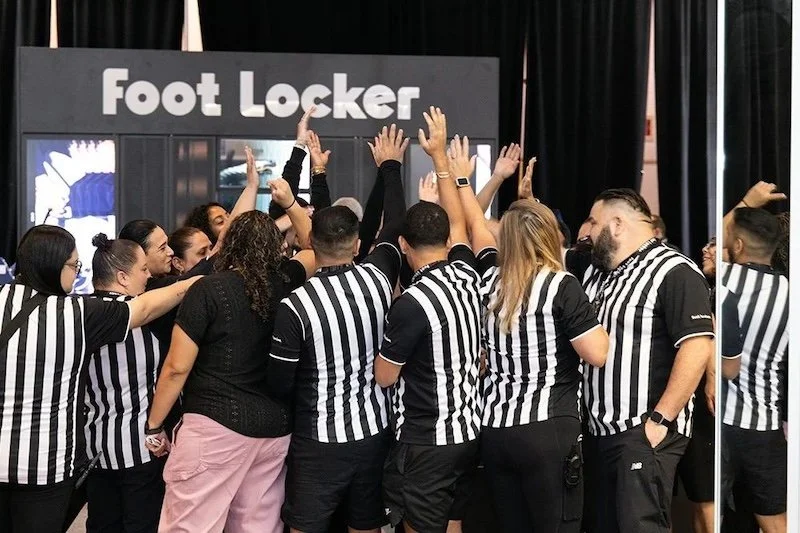Coronavirus outbreak will accelerate automation of retail
Over the next three years, every major retailer will accelerate the use of micro-fulfilment centres inside their stores (and among clusters of stores) to fulfil orders for food, groceries and other products.
That’s the view of Brittain Ladd, a supply chain consultant who has also worked at Amazon, Deloitte and Capgemini. “Target and other retailers have seen a spike in consumers wanting food and groceries during the coronavirus crisis. Two of the lowest margin categories for a retailer,” he says in a LinkedIn post.
“The coronavirus becoming a seasonal disease much like the flu and requiring stores to close, is a possibility. Warehouse workers and front line workers becoming ill and dying, as well as walking off the job, will increase, destabilising operations.”
To meet their labour needs, retailers have increased pay, hurting their bottom lines. This means that they will heavily invest in automating their warehouses, Ladd reckons.
“I estimate that by 2024, retailers will require 50% fewer workers to run their stores and warehouses than they do today,” he concludes.
AR
Augmented reality is also one to watch in the grocery space, according to Ladd.
“According to Jeff Bezos, what customers want are speed and choice. I agree with his comments. However, over the next several years, even when autonomous vehicles and possibly even drones if they’re adapted by grocery retailers, supply chains and last mile delivery will only be able to increase in speed incrementally,” Ladd told RTIH last month.
“If that’s the case, what’s next? What technology can be utilised by consumers to significantly increase shopping for groceries (and other retail products)? I believe the answer is AR. By 2030, I believe it’s possible that consumers will choose to shop via AR,” he added.
This is due to increased speed. It will allow consumers to set foot inside a virtual store where they can purchase the same products they physically shop for today..
“Consumers can pick up products, read labels, ask questions, and make a purchase all while sitting in their favourite chair wearing a VR headset or by 2030, maybe VR glasses,” Ladd concludes.










Continue reading…